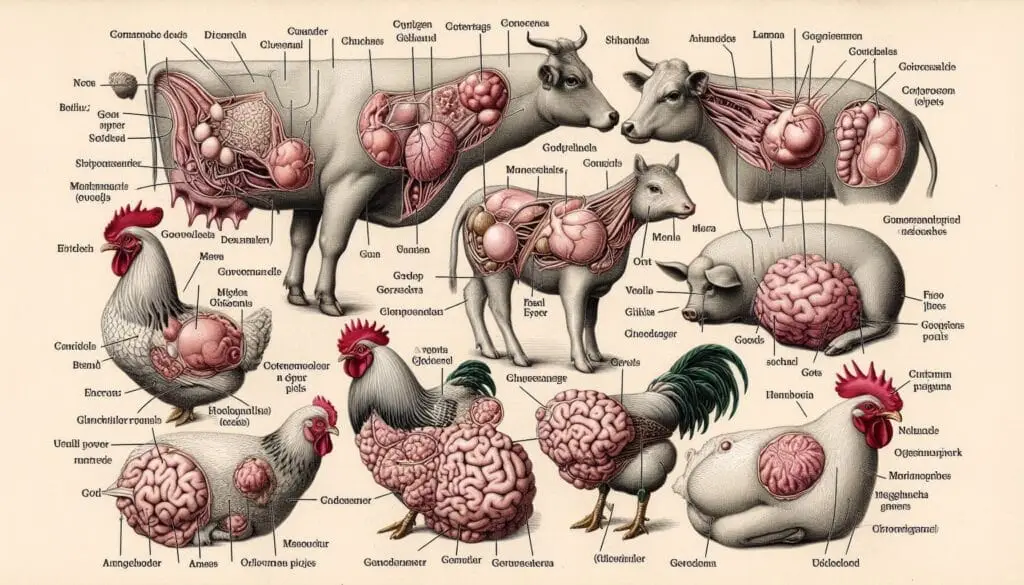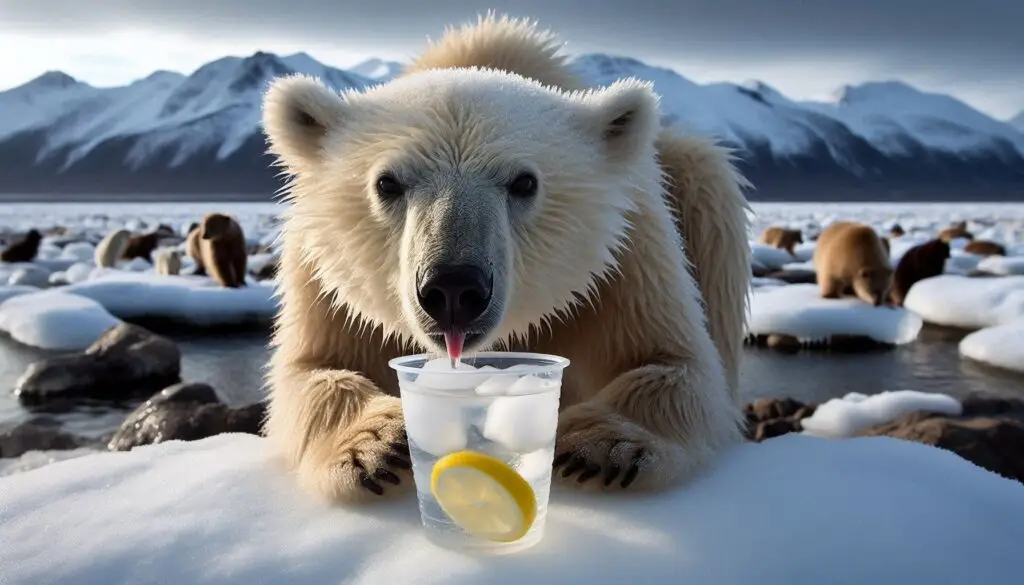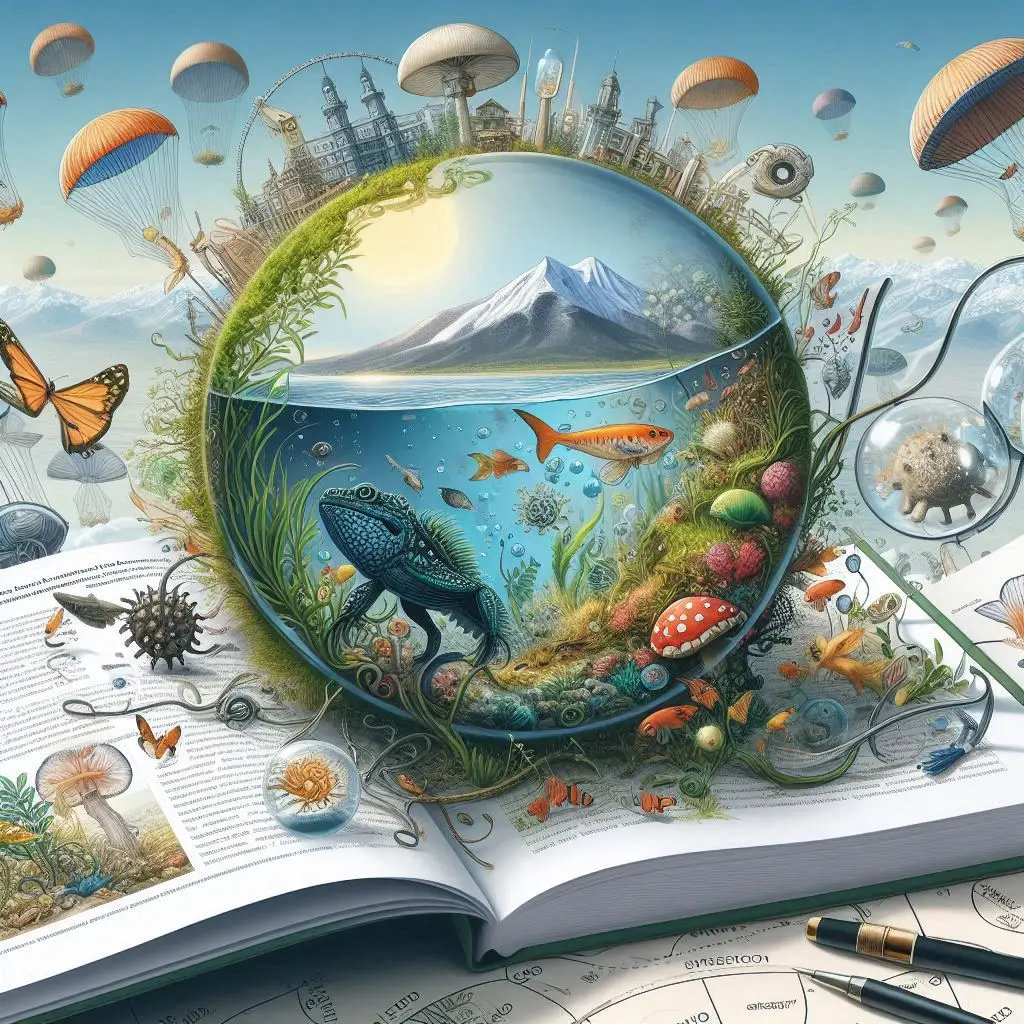Animal Adaptation to Cold Stress

What is Migration?
Migration is a strategy where animals move from one region to another in response to seasonal changes. Many bird species, such as the Arctic Tern, migrate thousands of miles to find warmer climates during winter. This behavior not only helps them avoid cold weather but also ensures they have access to food sources. For more details on migratory patterns, you can read about the Arctic Tern’s migration.
Examples of Migratory Animals
- Arctic Tern: This bird holds the record for the longest migration of any animal, traveling from its breeding grounds in the Arctic to wintering areas in Antarctica.
- Monarch Butterflies: These butterflies also migrate long distances, traveling up to 3,000 miles from North America to central Mexico for the winter. Their migration is a fascinating example of endurance and navigation.
Hibernation: Energy Conservation
Understanding Hibernation
Hibernation is a state of dormancy that allows animals to conserve energy during periods when food is scarce. During hibernation, an animal’s metabolic rate drops significantly. This adaptation is crucial for survival in harsh winter conditions.
How Hibernation Works
During hibernation, animals undergo several physiological changes:
- Reduced Heart Rate: The heart rate slows down significantly.
- Lower Body Temperature: Body temperature drops close to the ambient temperature.
- Decreased Metabolism: The animal uses stored fat for energy.
Examples of Hibernating Animals
- Ground Squirrels: These small mammals enter true hibernation, where their body temperature can drop below freezing. They rely on fat reserves built up during the warmer months.
- Bears: Although bears do not enter deep hibernation like ground squirrels, they enter a lighter state called torpor. During this time, their metabolic rate decreases significantly. For more information on how bears hibernate, check out this article from National Geographic.
Resistance (Tolerance): Surviving the Cold
What is Resistance?
Resistance, or tolerance, refers to various adaptations that enable animals to withstand cold temperatures without migrating or hibernating. These adaptations can be physiological or behavioral.
Physiological Adaptations
- Insulation: Many cold-adapted animals develop thick fur or feathers. For instance:
- Arctic Foxes have dense fur that provides excellent insulation against extreme cold.
- Caribou possess two layers of fur that keep them warm even in freezing temperatures.
- Body Size and Shape: Larger body sizes help reduce heat loss due to a lower surface area-to-volume ratio. For example:
- Polar Bears have a large body mass and small ears to minimize heat loss.
- Metabolic Changes: Some species can enhance their metabolic processes in response to cold exposure. For instance:
- Certain mammals can increase thermogenic activity in brown adipose tissue.
Behavioral Adaptations
Animals also exhibit behaviors that help them cope with cold stress:
- Increased Food Intake: Many species increase their food consumption before winter to build fat reserves.
- Creating Food Caches: Some animals store food for later use during winter months when resources are scarce.
Unique Adaptations in Specific Species
Wood Frogs: Surviving Freezing Temperatures
Wood frogs (Lithobates sylvaticus) have developed a fascinating adaptation that allows them to survive being frozen solid for extended periods. They accumulate glucose in their organs, which acts as a cryoprotectant, preventing ice damage. You can learn more about this incredible adaptation here.
Arctic Foxes: Masters of Insulation
Arctic foxes are well-known for their thick fur coat that changes color with the seasons—white in winter and brown in summer. This adaptation not only provides insulation but also offers camouflage against predators and prey alike. For further details on Arctic foxes and their adaptations, visit BBC Earth.
Caribou: Digging Under Snow
Caribou (Rangifer tarandus) are specially adapted to thrive in tundra environments. They can dig through snow to find lichen during winter months when other food sources are unavailable. This ability allows them to survive when conditions are harsh.
The Impact of Climate Change on Animal Adaptations
As climate change alters ecosystems worldwide, many animal species face new challenges related to cold stress. Warmer temperatures may disrupt migration patterns and hibernation cycles. Additionally, some species may struggle to find adequate food sources if their habitats change rapidly.
Migration Patterns at Risk
Many migratory birds rely on specific cues from nature, such as temperature changes and daylight hours, to trigger their migrations. If these cues shift due to climate change, birds may arrive at breeding grounds too early or too late. This could lead to mismatches between the timing of migration and food availability.
Hibernation Disruptions
Hibernating animals may also face challenges as winters become milder or more erratic. If temperatures fluctuate too much during hibernation, it could disrupt their energy conservation strategies and lead to increased mortality rates.
Conclusion
Animals have evolved remarkable adaptations that allow them to survive cold stress through migration, hibernation, and resistance strategies. Each species exhibits unique traits that enable them to thrive in harsh environments. Understanding these adaptations not only highlights the resilience of wildlife but also underscores the importance of conservation efforts as climate change continues to impact ecosystems globally.
More from Veterinary Physiology:
https://wiseias.com/artificial-induction-lactation-dairy-animals/
https://wiseias.com/mammary-involution-dairy-animals/






Responses